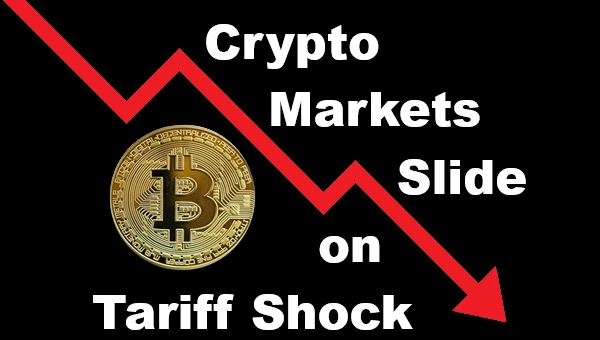

Market Downturn Driven by Politics and Profit-Taking
Trump’s announcement intensified investor anxiety already brewing from China’s export restrictions on key materials. The move rattled global markets, sending the S&P 500 and Nasdaq lower, while the crypto sector, long positioned as an alternative hedge, once again reacted in lockstep with risk assets.
This downturn comes as U.S. regulators remain paralyzed by the ongoing government shutdown. Agencies such as the SEC are unable to process filings or review pending crypto ETFs, leaving institutional investors in a holding pattern. The policy vacuum has further dampened market confidence and liquidity.
Adding to the tension, Glassnode data released earlier this week showed that over 95% of Bitcoin’s circulating supply remains in profit, one of the highest profitability levels since 2021.
While that figure highlights long-term investor strength, it also signals potential risk: historically, high profitability often precedes phases of distribution, where investors start locking in gains.
Derivatives data confirm this dynamic; several large traders had already pivoted toward short exposure ahead of the tariff announcement. That shift, combined with retail liquidation cascades, amplified the correction.
Institutional Calm Amid Volatility
Despite the steep drop, Bitedge analysts say the current market structure is fundamentally different from previous downturns. Institutional ownership has increased sharply since 2024, and funds are generally aligned with multi-year investment horizons rather than short-term trading cycles.
Unlike past episodes driven by retail panic, today’s pullback appears measured. Large asset managers and ETF issuers are absorbing part of the selling volume, cushioning volatility.
Market depth remains higher, and liquidation levels are modest compared to the retail-heavy crashes of 2021 and 2022.
Still, elevated profitability raises the risk of renewed profit-taking if macro sentiment worsens. Analysts warn that prolonged geopolitical friction or further tariff escalation could test Bitcoin’s newfound stability.
Testing Bitcoin’s “Digital Gold” Status
The selloff has reignited debate about Bitcoin’s role as a safe-haven asset. For years, proponents have argued that it could function as “digital gold,” offering protection against fiat debasement and political risk. Yet its synchronized fall with equities suggests that Bitcoin is not yet immune to macroeconomic shocks.
For the asset to cement its position as a reliable hedge, it needs to demonstrate price stability across geopolitical cycles. That would require deeper liquidity, broader global adoption, and reduced sensitivity to speculative capital flows.
Still, the underlying fundamentals, including scarcity, transparent supply, and institutional infrastructure, remain intact. If macro headwinds stabilize, Bitcoin’s resilience could reaffirm its evolving role as both an investment asset and a strategic store of value.
The Road Ahead
Short-term sentiment remains cautious, but not dire. Technical analysts identify $110,000–$115,000 as the key support range. Historically, this level has served as a high-volume node, meaning significant buy-side activity could re-emerge if prices stabilize there.
On the upside, resistance around $121,000–$123,000 marks the next major hurdle. A decisive close above that zone could restore bullish momentum, while failure to hold the $110K range might invite deeper corrections.
In the medium term, traders expect lower volatility compared to previous years. The dominance of institutional investors, who tend to scale positions gradually rather than reactively, may smooth out extreme swings, making prolonged capitulation less likely.
Parting Shot
The tariff shock has disrupted crypto’s steady 2025 rally, pulling Bitcoin back to its lowest level in weeks and challenging its correlation with global risk assets. Yet the event also underscores the market’s evolution: deeper liquidity, institutional participation, and on-chain resilience distinguish this phase from past corrections.
Bitcoin’s next test lies in proving that it can maintain independence from political turbulence. Whether it stabilizes above $110K or slides further will signal how close, or how far, it remains from truly earning the title of digital gold.
He has worked with several companies in the past including Economy Watch, and Milkroad. Finds writing for BitEdge highly satisfying as he gets an opportunity to share his knowledge with a broad community of gamblers.
Nationality
Kenyan
Lives In
Cape Town
University
Kenyatta University and USIU
Degree
Economics, Finance and Journalism


Facts Checked by Nakul Shah

 Fact checked by
Fact checked by 

 eabungana@gmail.com
eabungana@gmail.com 